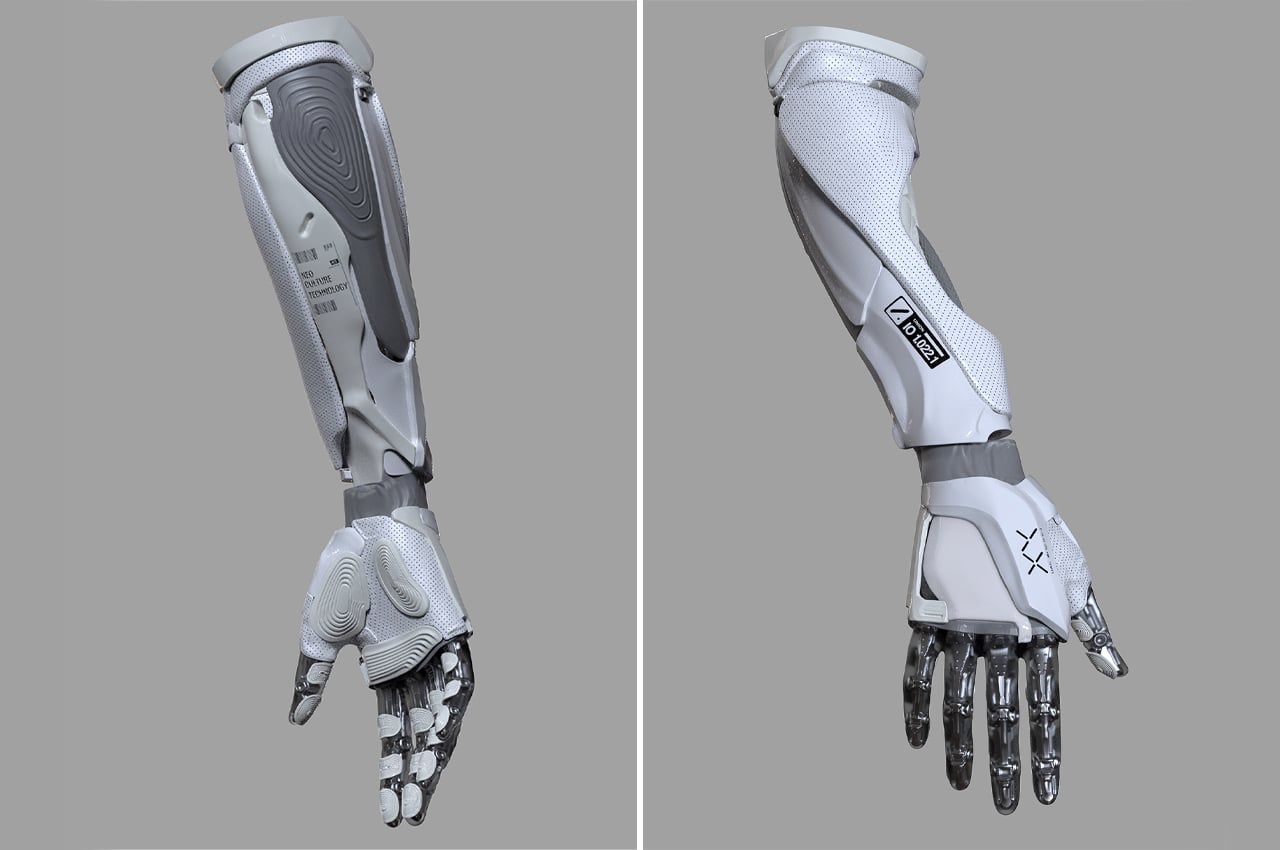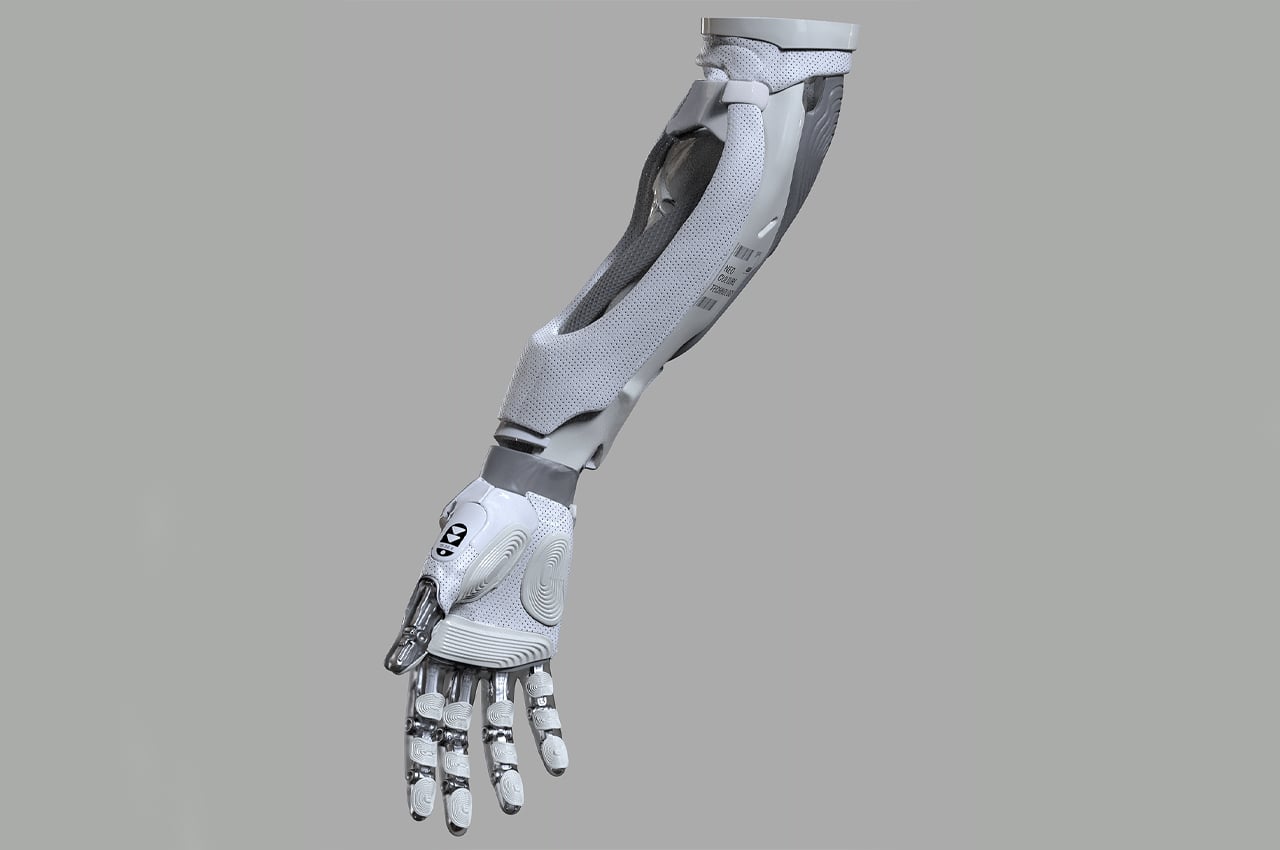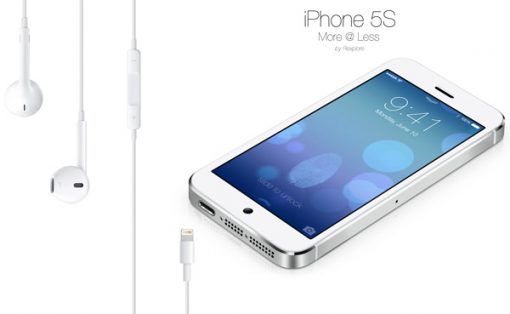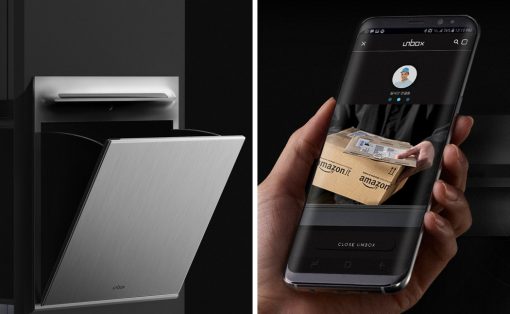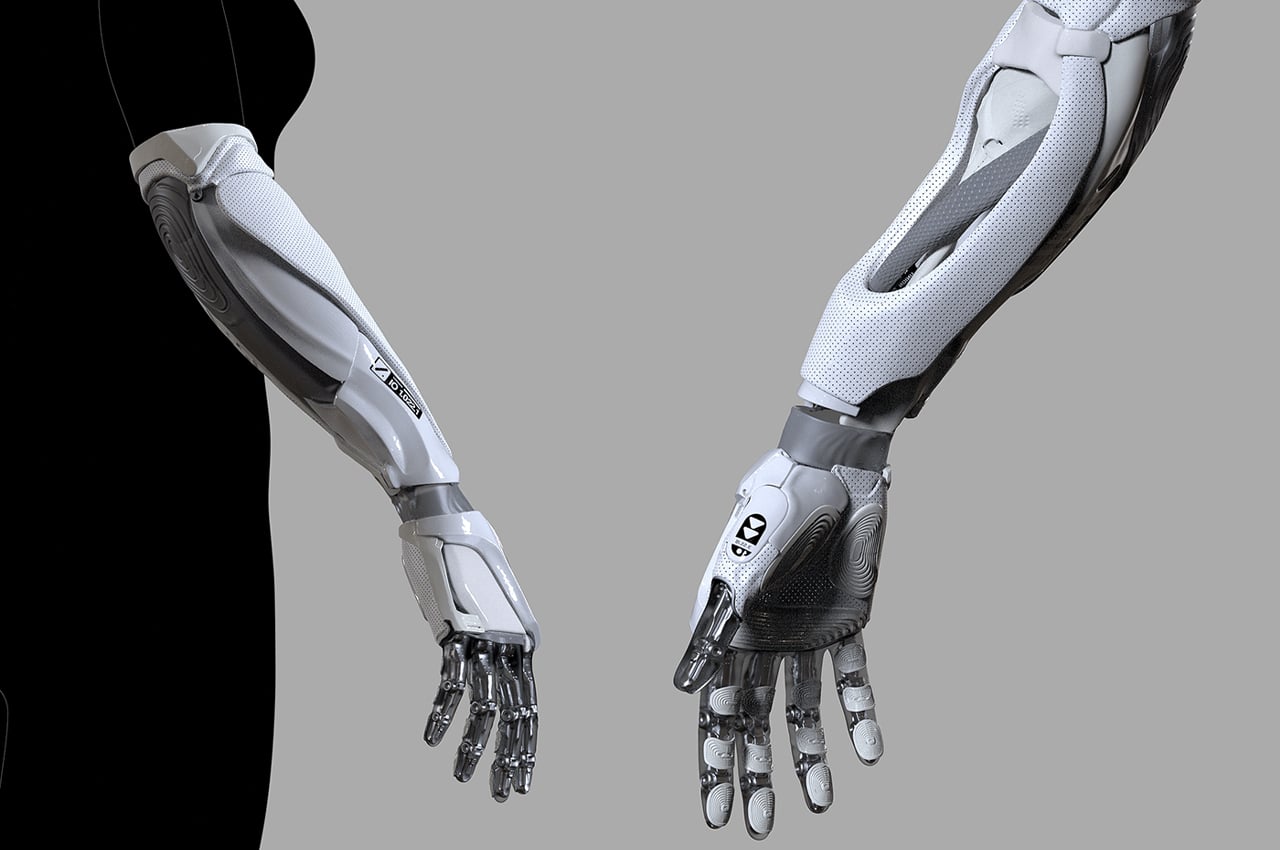
The Smart Prosthetic Arm is a wearable design concept that integrates AI and smart technology into the construction of a prosthetic limb.
The magic of prosthesis design lies in its ability to bring life experiences to those with arthritis and missing limbs. While prosthetic limbs have made strides in terms of product development since their conception, smart technology ushers in yet a new era of prosthesis design to reinvigorate its broad potential within the field of healthcare. Wearable sensors and mobile applications incorporated into prosthetic limbs allow those wearing prosthetic limbs to make more precise movements and monitor the status of their recovery process a bit more closely. 3D conceptual artist and digital sculptor, Xander Lihovski designed his own interpretation of AI-controlled prosthesis design called Smart Prosthetic Arm.
Designer: Xander Lihovski
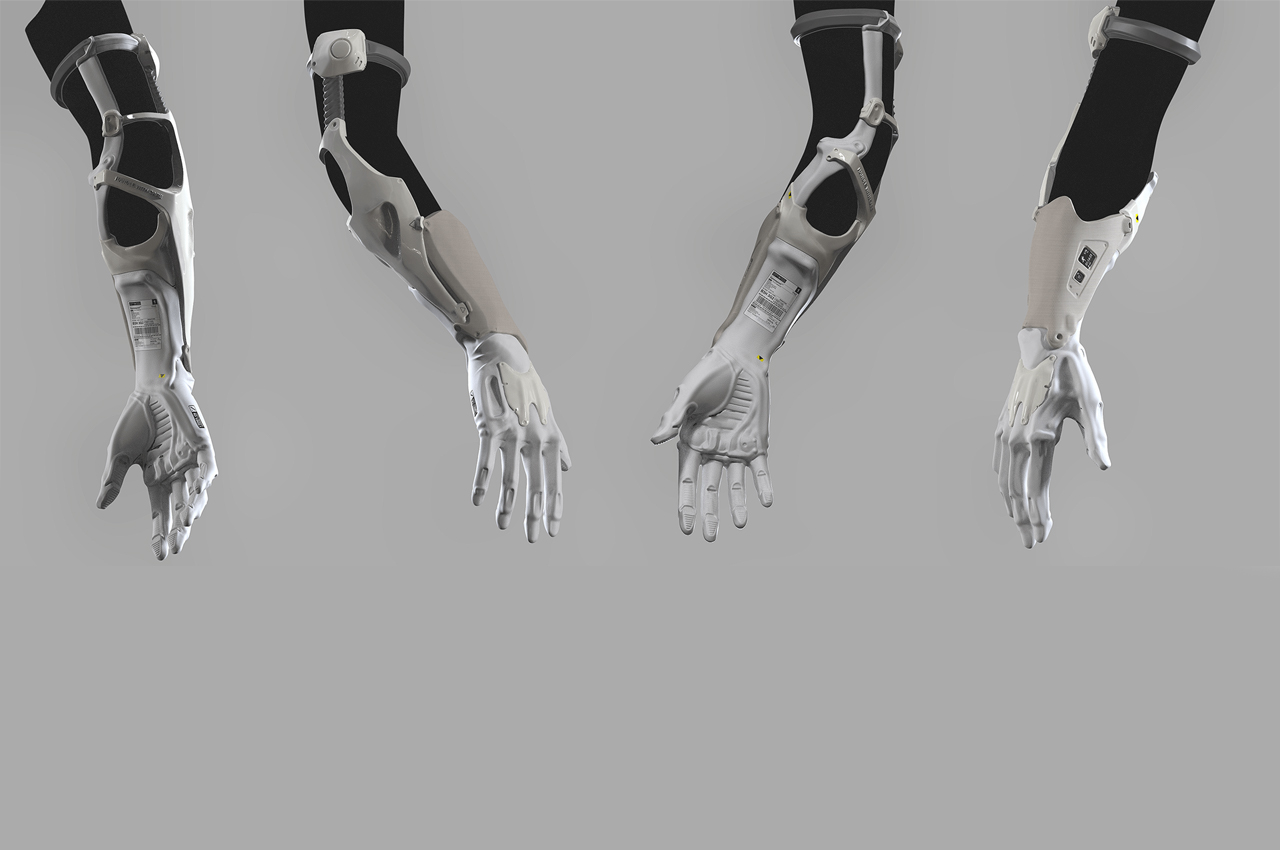
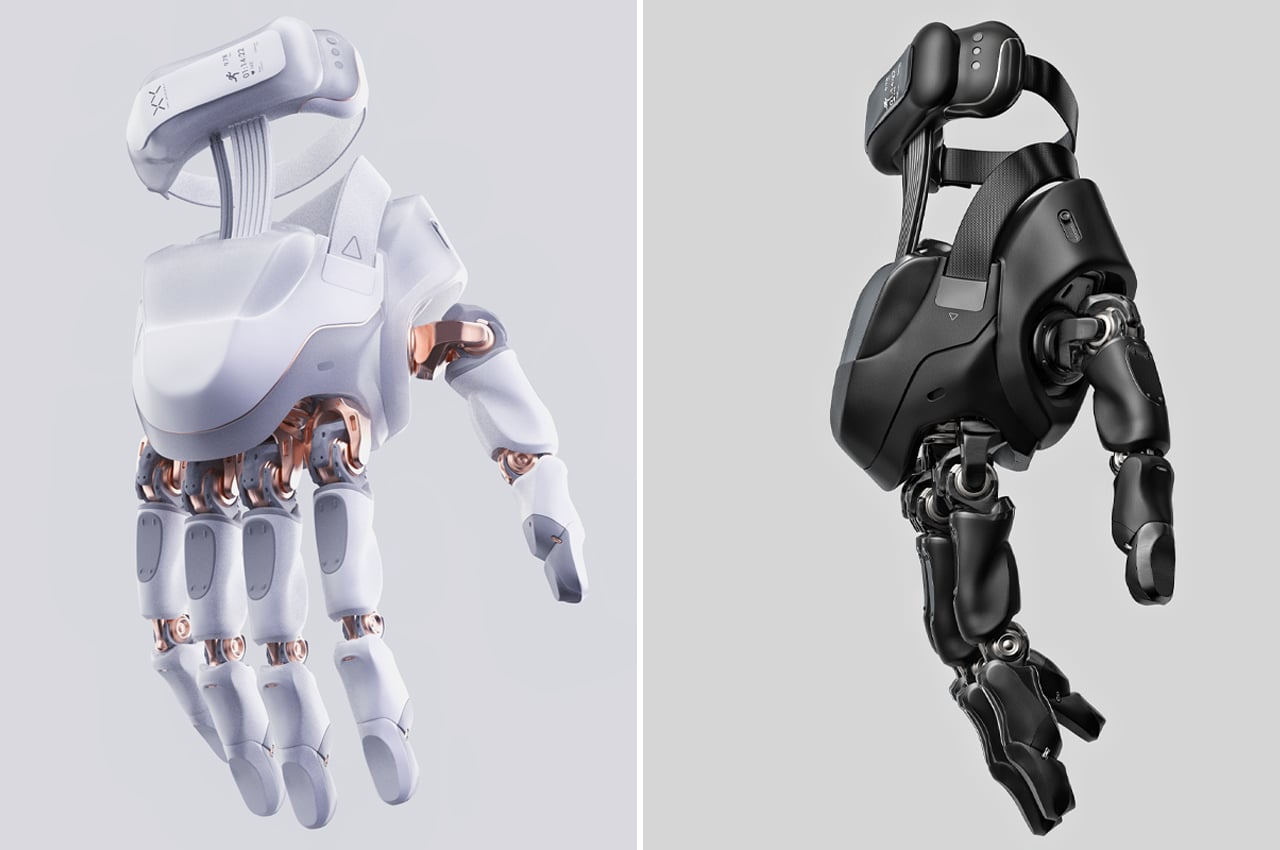
While some prosthetic arms take on the look of an actual limb to create a cohesive look with the user’s body and skin tone, Lihovski’s design embraces the tech of it all. The robotic look also helps to normalize the use of prosthetic limbs in common spaces. Conceptualized in optic white and slate black, a digital interface wraps around the prosthetic arm’s elbow crease that operates as the prosthetic limb’s smart hub.

There, users can use their free hand to scroll through system alerts and settings to optimize their experience using the prosthetic arm. Features like a fitness tracker, clock, and calorie counter can be found in the digital smart hub that users can access at any time. Elastic components also connect the different parts of the Smart Prosthetic Arm to allow for comfortable movement. The smart digital display is connected to the prosthetic forearm and fingers by an elastic component that also works to minimize the number of materials needed to build the prosthetic limb.
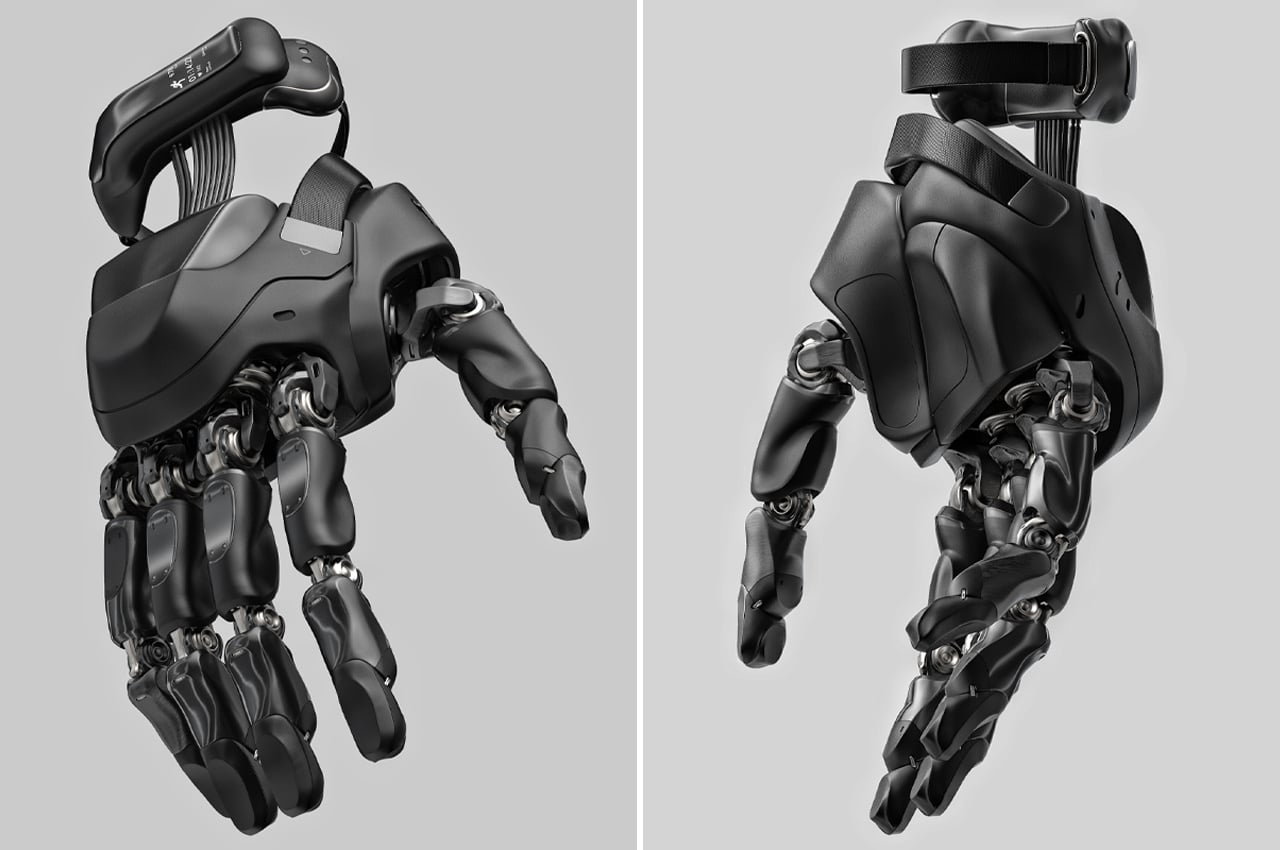
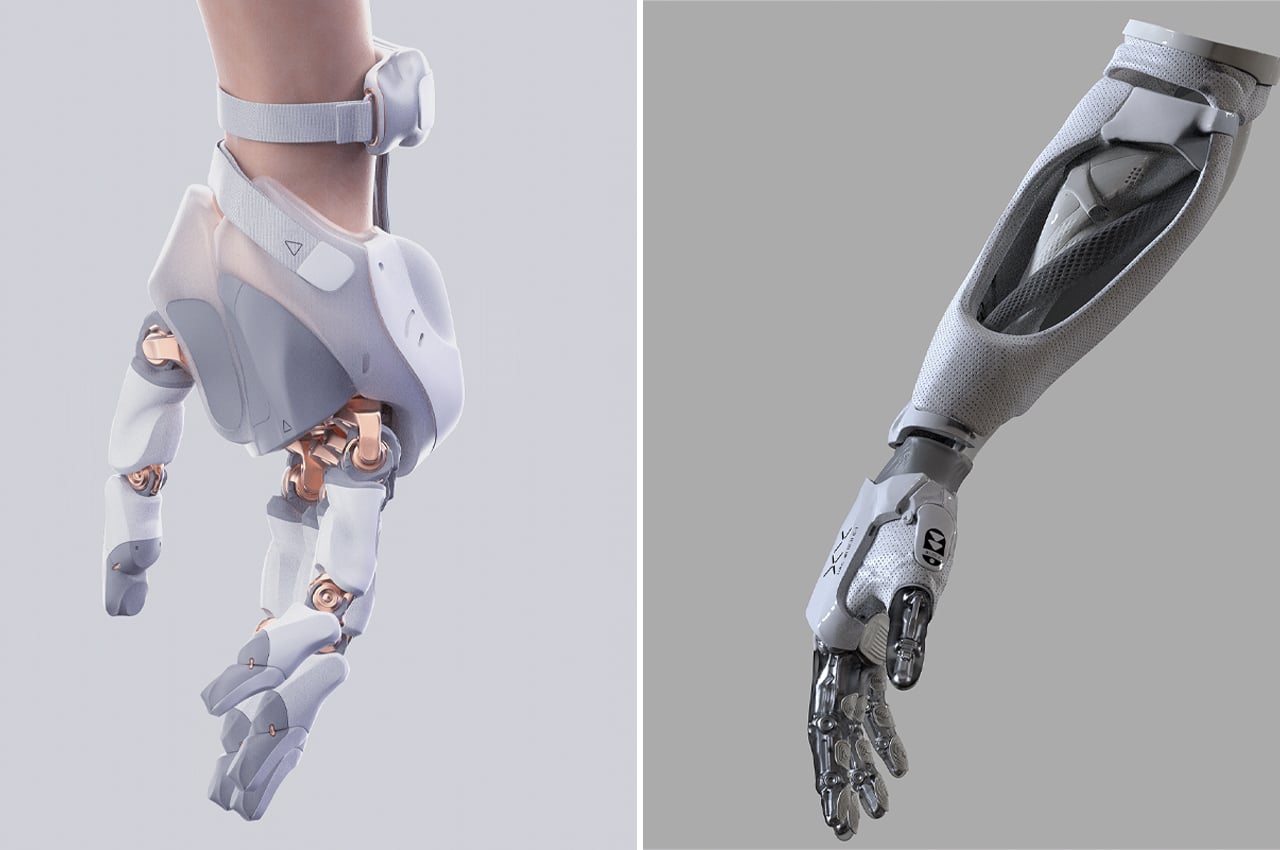
What sets conventional prothetic limbs apart from smart prosthesis designs is the embedded sensors and technology that intuit the user’s movements with regular use. Every day smart technology makes our day-to-day a little easier–facial recognition unlocks our iPhones and Siri registers the slightest change in the tone of our voices to complete tasks. Smart technology in prosthetic limbs depends on a system of sensors that predict the natural body language of the person wearing the prosthetic limb, optimizing the experience for them to allow precise handling and movement.
